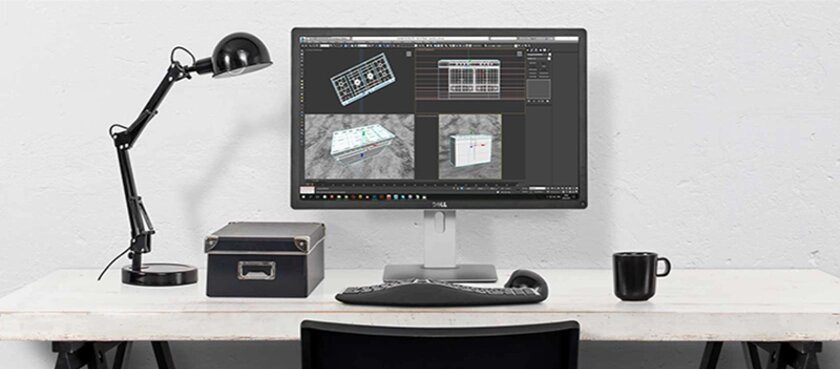Finding the best workstation for 3D modeling isn’t easy — and the challenge isn’t just about the price. Every year, computer capabilities double, so what is considered a good PC today becomes obsolete a few months later. However, to keep up with current 3D modeling software system requirements and get the best performance possible, you need strong hardware. The most powerful machine on the market will give you about a year or two of smooth work, without lags or your workstation sounding like a fighter jet taking off.
Being aware of top-tier software and hardware alike is a must for everyone who wants to have an advantage in competition, including any 3D rendering company. ArchiCGI is constantly on the lookout, and we would like to present the best computer setup for 3D modeling as of today. So, to build your own forge of the Gods, you’ll need:
Best Workstation For 3D Modeling In 2025
#1. CPU: Intel i9-7980XE ($2,038.99)
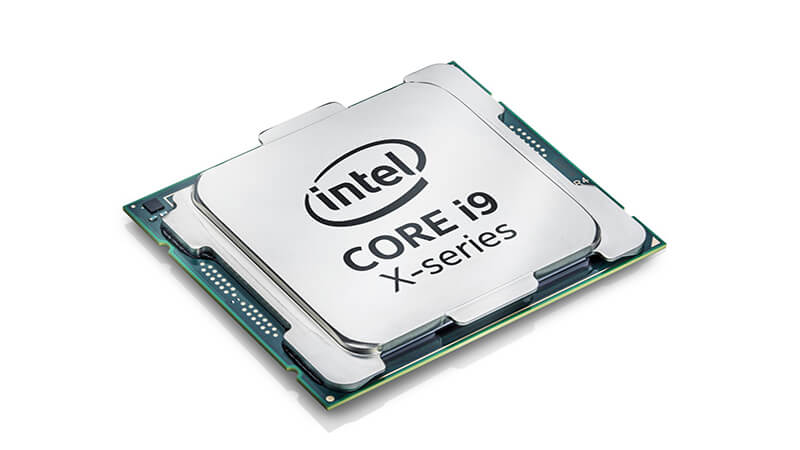
First, the best workstation for 3D modeling and rendering needs a powerful “heart”. Intel i9 with its 4.40GHz of processing speed is a beast when it comes to complicated tasks like CAD or 3D rendering. It will ensure that it won’t take ages to render some 3D object!
#2. CPU Liquid Cooler: Corsair H115i ($137.44 as of March 2018)
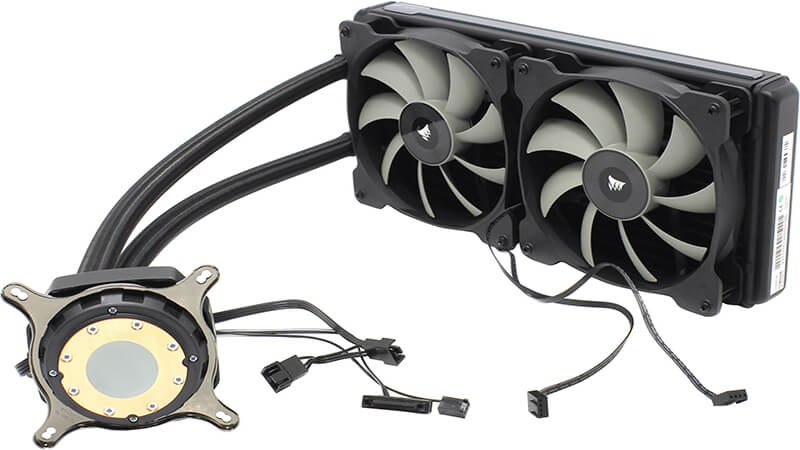
If you don’t want CPU to form a supernova inside your house or office, it needs proper cooling. Air cooling is not enough for the best workstation for 3D modeling, and just like for high-end gaming PCs liquid cooling is a must. Corsair H115i is the most cost-effective option of all present in the company’s lineup, with its two fans and LCS getting the job done perfectly, no liquid nitrogen baths or leaving computer case open.
#3. RAM: Corsair Vengeance LED 64GB Quad Channel DDR4-3200 ($961.62)
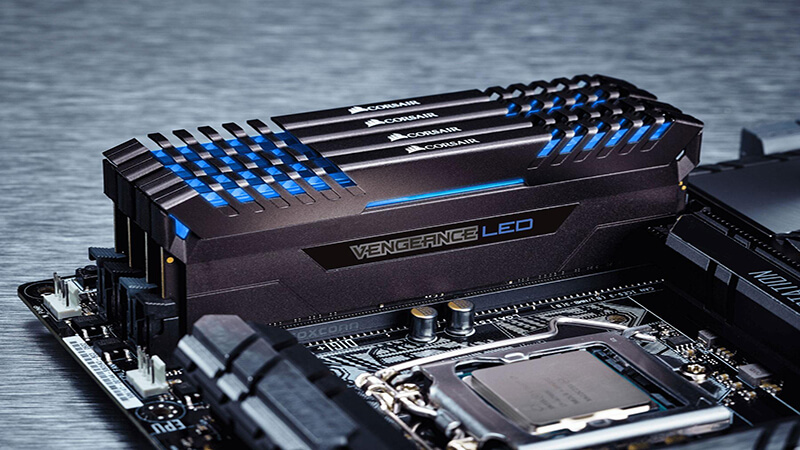
Processor can provide speed, but a powerful workstation for 3D modeling needs a lot of operating power. The best RAM sticks available can provide 12 gigabytes of it, which is hardly enough to run 3Ds Max or Solidworks smoothly. 4 sticks of Corsair Vengeance LED, on the other hand, can do that without a sweat, and have enough operating power left to create models and leave another project to render at the same time.
#4. SSD and HDDs: 2TB Samsung 960 Pro M.2 And 2x Seagate 10TB BarraCuda Pro ($1,249,00 and $355.96 each, respectively)

3D models and renders take up huge chunks of memory space. A crucial component of any high-end workstation for 3D modeling is memory capacity. To get the best results, a good idea is to combine 1 SSD for OS and running 3D modeling software and 2 HDDs to store heaps of data. This will be more than enough to fit all files you produce.
#5. Graphics Cards: 2x GTX 1080 Ti ($1,249.00 each)
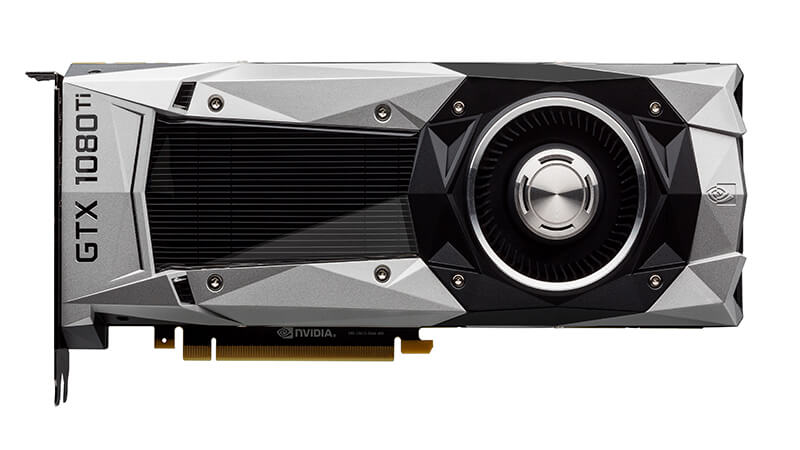
Today the workstation for 3D modeling that is used for challenging tasks and huge projects needs more than one graphics card. Nvidia products are considered to have the best quality and capability, and GeForce GTX 1080 Ti doesn’t disappoint at the slightest. This graphics card is suitable for any 3D modeling software, and can handle complex particle and material rendering. Two of them let you produce 3D models with insane quality of detailization. Heck, you’ll be able to make them in VR!
#6. Motherboard: ASUS ROG Rampage VI APEX ($650.00)
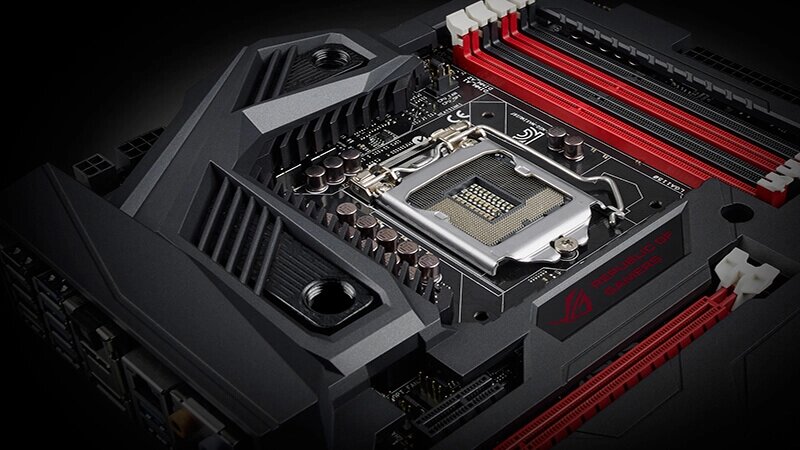
To finalise the workstation powerhouse, it needs a motherboard that won’t melt from all the monsters you’ve installed. ASUS produces the best motherboards that can handle a lot of top-tier components. ROG Rampage was tested, and it truly does fit all mentioned elements together neatly and without any performance issues.
#7. Power Supply: Seasonic Prime Platinum 1200W ($575.00)
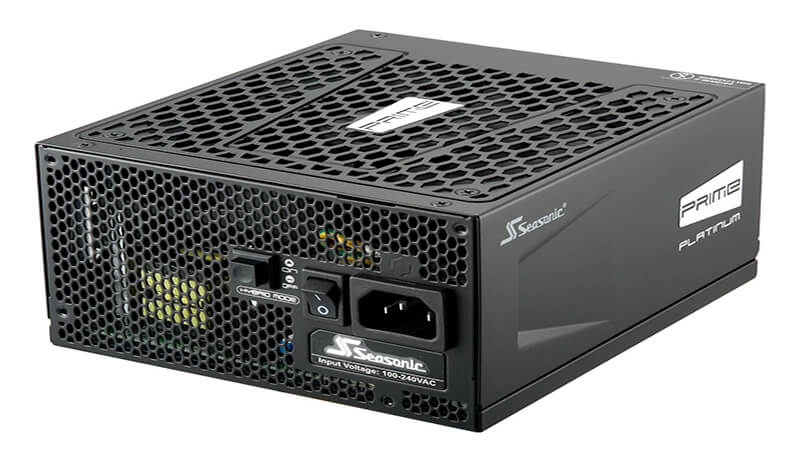
To make the most of a powerful 3D modeling workstation, you need a high-end power supply. The Seasonic Prime Platinum is a great choice — it delivers stable, clean current, comes with multiple failsafes, and offers excellent long-term durability. It’s the kind of reliability that keeps your system running smoothly for years.
But that’s just the foundation. What we’ve outlined so far is the base of a 3D modeling workstation — a machine capable of handling large, complex projects without overheating or lagging. Your setup might differ in specific components, but three parts always define performance:
-
Processor (CPU): Aim for at least 4 GHz of processing power. This ensures smooth multitasking and faster rendering times.
-
RAM: The more, the better.
-
16 GB works for small-scale modeling.
-
32 GB is the balanced choice for most users.
-
64 GB or more handles high-end visualization, such as rendering entire interiors or exteriors.
-
-
Graphics Card (GPU): The GPU determines how detailed and realistic your 3D models can be. For UHD 4K rendering, avoid anything with less than 1 GB of VRAM.
Even 2016–2017 PCs can still handle modern 3D modeling software if properly maintained, making them a solid option for many creators.
Supporting Components and Cooling
The rest of your setup ensures stability and longevity. A liquid cooling system for the CPU prevents overheating during heavy workloads, while air ventilation keeps your RAM and GPU safe. As for the motherboard, consult a specialist to ensure compatibility — older boards can bottleneck performance if mismatched with newer components.
Budget-Friendly Advice
Keep in mind that what’s described above is the ideal setup. If you’re a student or hobbyist, you don’t need to spend thousands — even an early-2010s workstation can do the job for learning and practice. Use free or affordable software to start, and upgrade as your skills and workload grow.
For professionals, though, investing in high-quality components is essential. The workstation described here is built for efficiency, speed, and reliability — everything a 3D artist needs to deliver top-notch results.
Showcase your architectural project like a true work of art, brought to life with cutting-edge AI-powered CGI technology.
Tools of the Trade
If you also work with sculpting or digital design, consider a graphics tablet. Popular options include the Wacom Cintiq 13HD, XP-Pen Artist 15.6, or Intuos Pro Pen & Touch Medium. While devices like the iPad Pro can be great for sketching, they aren’t ideal for 3D modeling. Try different options to find what feels most natural for you.
The Cost of Excellence
A top-tier 3D modeling workstation can cost around $8,500, including a high-quality PC case and a licensed copy of Windows. It’s a serious investment — not in the final output, but in the capability to create it. Even seasoned 3D artists often take years to see a full return. The same amount could also fund several major projects or be invested in outsourcing.
If you’d rather skip the hardware hassle and still get stunning 3D visuals, ArchiCGI can help. Our 3D rendering services deliver photorealistic results quickly and professionally — no workstation required.

Chris Kostanets
Senior Project Manager, Mentor
Chris manages the work of 2 CGI teams and teaches Middle PMs. She loves Scottish landscapes, Ancient Greek culture, and Plein-air painting. At home, Chris is a caring parent for 3 cute chickens and a magnificent rooster.


